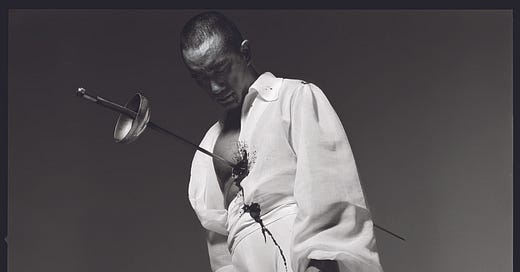This is an essay on how the Right will die.
It was prompted by a conversation with a Hindu reader, who messaged me to ask what I thought about his faith and its history, which developed into an interesting discussion about Hermann Hesse, Savitri Devi, and the Rig Veda.
Throughout, he assured me that he wasn’t trying to convert me. My immediate thought …
Keep reading with a 7-day free trial
Subscribe to Becoming Noble to keep reading this post and get 7 days of free access to the full post archives.



